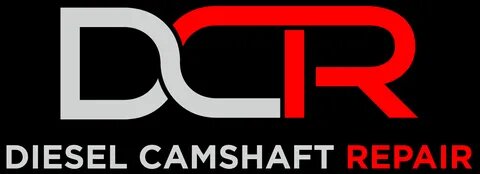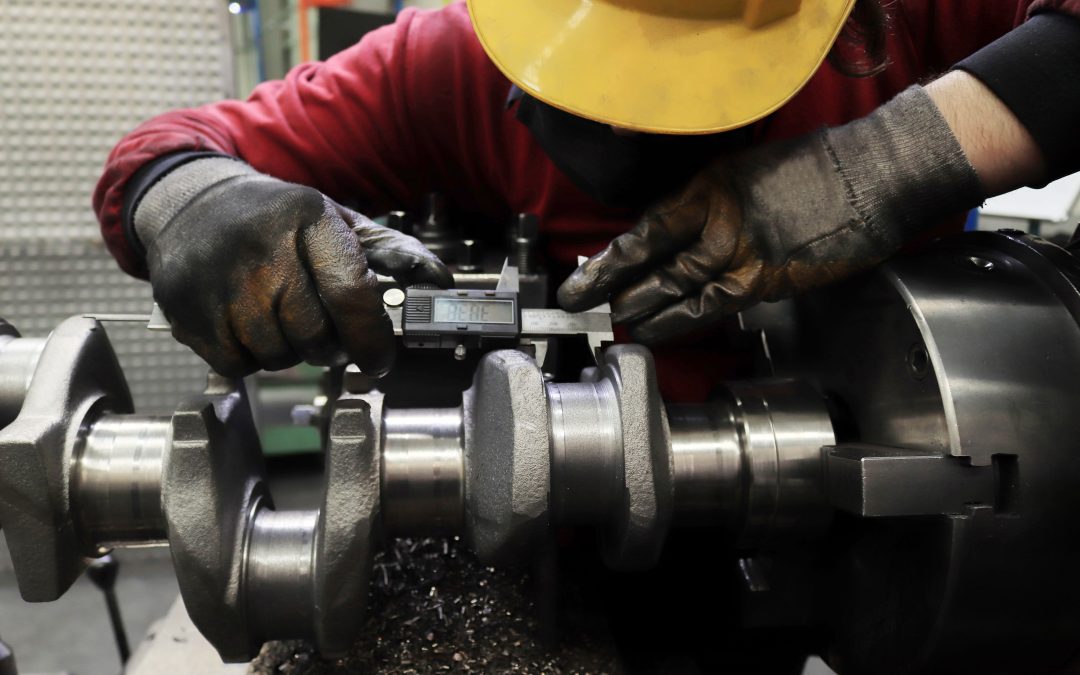Compatibility Overview
Ensuring the camshaft matches the engine specifications is crucial for optimal performance and longevity. Misalignment or incorrect camshaft specifications can lead to poor engine performance, increased wear, and potential engine failure.
Different engine configurations require specific camshaft designs to achieve desired performance characteristics. Factors such as engine size, type, and intended use dictate the compatibility and choice of camshaft.
Engine Types and Camshaft Compatibility
In-Line Engines (I4, I6): These engines are typically found in smaller heavy-duty trucks and some medium-duty trucks. They have a simple design with fewer components compared to V-type engines.
Common camshaft configurations include single overhead camshaft (SOHC) or dual overhead camshaft (DOHC) designs. Compatibility issues may occur with camshaft length and bearing placement. It is important to consider performance tuning for torque and power delivery.
V-Type Engines (V6, V8, V10, V12):
Widely used in heavy-duty trucks, V-type engines are favored for their compact design and ability to produce high power. V8 and V12 engines are particularly common in heavy-duty applications. These engines often have two camshafts for each group of cylinders in DOHC setups, which can cause timing and synchronization issues because of the V shape. Ensuring compatibility with engine management systems and sensors is also important.
Boxer Engines (Flat Engines): These engines have a horizontal layout with opposed cylinders, leading to a low center of gravity. While less common in heavy-duty trucks, they are notable for specific applications.
Special camshaft designs are required for the horizontal layout of the engine, but they pose installation challenges related to engine structure and need adjustments for proper lubrication and cooling.
Diesel Engines:
Camshafts for diesel engines require higher durability and strength to withstand the increased pressure and stress of diesel combustion. There are significant differences in valve timing and lift profiles compared to gasoline engines.
Diesel camshafts are commonly made from high-quality steel or alloy for durability and are designed to provide torque instead of high RPM power.
Turbocharged and Supercharged Engines: Forced induction impacts camshaft selection, requiring profiles designed to optimize airflow and exhaust scavenging. Compatibility with turbochargers or superchargers is important.
Proper timing and synchronization are needed to avoid detonation or pre-ignition. This balances performance with engine durability and reliability.
Model-Specific Considerations
Popular Heavy-Duty Truck Models: Common models like Freightliner, Kenworth, Volvo, and Peterbilt have specific camshaft compatibility issues and installation requirements. These trucks use various engine types and configurations, each with unique performance and reliability considerations based on their usage.
Engine Brands and Compatibility:
Cummins: Popular Cummins engines, such as the ISX and X15, have specific camshaft requirements. Aftermarket options are available for performance upgrades. Compatibility with different generations and models is important, and common issues should be addressed.
Caterpillar: Caterpillar engines, including the C-series, require adherence to manufacturer specifications. Common camshaft upgrades can enhance performance and durability, with popular aftermarket options providing additional benefits.
Detroit Diesel: Specific camshaft designs for engines like the Series 60 require attention to proper timing and synchronization. Installation tips and addressing common wear and maintenance concerns are essential.
International Navistar: Navistar engines, including MaxxForce, have specific camshaft compatibility needs. Manufacturer recommendations should be followed for optimal performance, and aftermarket options can improve reliability.
Choosing the Right Camshaft
When selecting a camshaft, consider the engine specifications and performance goals. Evaluate the use of the heavy-duty truck, considering its load capacity, terrain, and driving conditions. Then select camshafts that improve specific performance traits like torque and fuel efficiency.
Following manufacturer guidelines ensures compatibility with existing engine components and systems, avoiding potential warranty issues and ensuring reliability. Incompatible camshafts can lead to engine damage, reduced performance, increased maintenance costs, and even catastrophic failure.
Installation Process
Preparation and Tools Required: Gather necessary tools like wrenches, sockets, torque wrenches, and camshaft installation tools. Ensure a clean, organized, and well-lit workspace, adhering to safety guidelines and using protective equipment.
Step-by-Step Installation Guide: Start by removing the old camshaft, draining engine oil, removing engine covers, and accessing the camshaft. Remove the timing components and camshaft bearings with precision and caution. Check and prepare the engine by inspecting for wear and damage. Clean and prepare the engine block for the new camshaft.
Install the new camshaft, ensuring proper alignment and placement, and reinstall timing components with correct timing marks. Verify timing and synchronization with the crankshaft and valves, adjusting as needed for optimal performance. Perform final checks and adjustments to ensure all components are securely installed.
Common Installation Challenges: Address potential issues such as misalignment and incorrect timing, using troubleshooting tips for a smooth installation process. Following a systematic approach and double-checking each step can help, and seeking professional assistance if needed is advisable.
Post-Installation Considerations
Break-In Procedures: Properly breaking in the new camshaft is crucial for allowing it to seat and wear in correctly. Follow the recommended procedures for longevity, including starting up the equipment and gradually increasing the RPM while monitoring for any unusual noises or issues.
Monitoring Performance: A successful installation is shown by better engine performance, smooth operation, no strange noises, and consistent power delivery and fuel efficiency. Identify and troubleshoot post-installation issues, making adjustments and fine-tuning for optimal performance.
Maintenance and Longevity: Regular maintenance is essential, including routine oil changes, inspections, and maintenance of related components. Regularly maintaining a clean engine ensures a longer lifespan for the camshaft and its parts. Following maintenance schedules and using high-quality parts are important for reliability.
It’s important to make sure the camshaft matches the engine specifications to keep the engine working well and lasting longer. Misalignment can cause the engine to not work properly and wear out faster. Different engine types, like in-line, V-type, boxer, diesel, and turbocharged engines, require specific camshaft designs to meet their unique needs.
Specific camshaft compatibility and installation requirements exist for popular heavy-duty truck models from brands such as Cummins, Caterpillar, Detroit Diesel, and International Navistar. Choosing the right camshaft involves considering engine specifications, intended use, and following manufacturer guidelines to avoid potential engine damage and ensure reliability.

